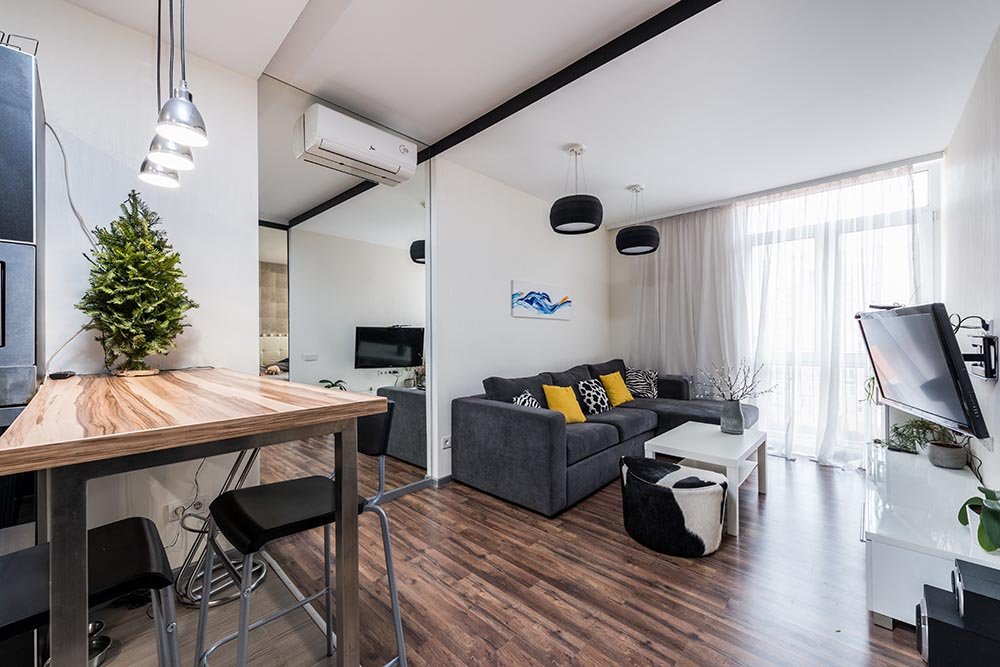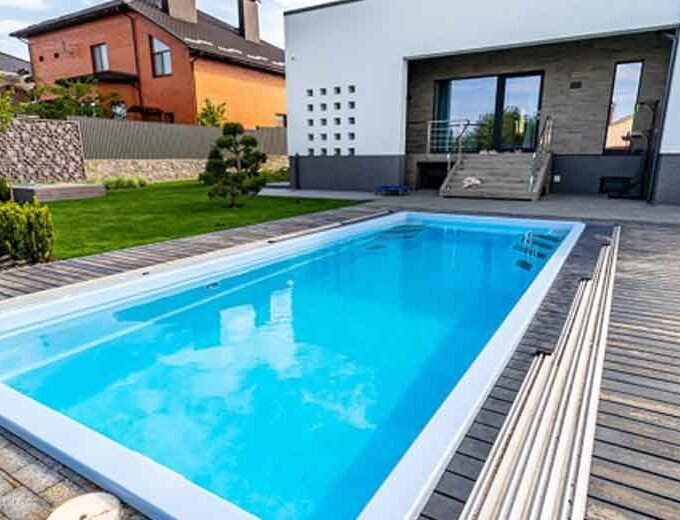Introduction to Wall Mounted AC Units
The temperature of a particular room or space may be controlled via wall-mounted air conditioning units, which are sometimes referred to as wall-split systems or ducted mini-split systems. Wall-mounted air conditioning units, as opposed to conventional air conditioning central systems, provide a number of benefits, such as simplicity in installation, energy economy, and customized comfort.
Understanding the Components
To comprehend the basic operating principles of wall-mounted AC units, one must have a thorough understanding of all of their parts. These systems have two main parts: an interior unit called the evaporator and an outdoor one called the condenser. The indoor unit is tastefully put on the inner wall of the room or space you wish to condition, while the outdoor unit is normally mounted on an outside wall. A copper conduit for refrigerant circulation and a power line for smooth communication between the units are seamlessly connected to these two units, guaranteeing effective temperature management.
The Refrigeration Cycle
The refrigeration cycle, a mechanism by which wall-mounted AC units cool and heat areas, is at the center of these devices. This is how it goes:
- Compression: The cycle starts with the outside unit’s compressor pressurizing the refrigerant gas—typically R-410A or a comparable gas—to a high-pressure, high-temperature condition.
- Condensation: After being pushed into the interior unit, the hot, pressured gas travels through a coil. The refrigerant emits heat as it passes over this coil and condenses into a high-pressure gas as the air from the surrounding space is blasted over it.
- Expansion: After passing through a compression valve, the liquid coolant rapidly expands, becoming cold and changing into a low-pressure gas.
- Evaporation: After being pushed back to the external unit, this chilly gas warms up by absorbing heat from the ambient air. It converts back into a gaseous state when it evaporates.
Air Circulation and Temperature Control
The inside unit of a wall-mounted AC unit has a fan that effectively moves the conditioned air about the room, making sure the whole area enjoys the cooling or warming effects. The thermostat is crucial to this procedure because it continually measures the outside temperature and modifies the refrigeration cycle to keep the temperature in the room within the specific range you’ve set. The device quickly transforms heated room air as it is dragged over the icy evaporator coil, releasing heat and enabling the unit to discharge the cooler air into the space, producing a cozy and regulated atmosphere.
Energy Efficiency
One of the most noticeable advantages of installed-on-the-wall air conditioners is their energy efficiency. These systems have the benefit of localized cooling, allowing you to precisely condition particular rooms or sections as needed, unlike air conditioning units that evenly chill or heat the whole house. By eliminating needless cooling or heating in vacant spaces, this zonal technique greatly lowers energy use. The power output of the compressor is also dynamically adjusted in many mounted on the wall AC units using inverter technology to meet heating or cooling demand perfectly. By avoiding the frequent cycling switching on and off that fewer effective systems may encounter this not only produces constant temperatures but also helps with energy economy.
Installation and Maintenance
Installing wall-mounted AC units is not too difficult, especially when compared to installing ducted central air systems. They are appropriate for retrofitting older structures or providing temperature control to sections because they lack extensive ducting. However, to guarantee appropriate setup and effectiveness, expert installation of wall-mounted AC units is advised. To maintain residential wall-mounted AC units, routine maintenance is also essential. Filters should be cleaned or replaced, refrigerant levels should be checked, and the outside unit should be kept free of dirt and obstacles.
Conclusion
In conclusion, wall-mounted air conditioners provide a flexible and effective way to cool and heat specific areas or rooms. It is easier to understand how they operate when you are aware of their parts and the refrigeration cycle. These systems are a popular option for household and commercial applications because they offer accurate temperature control, energy economy, and relatively simple installation. To ensure their durability and continuous effectiveness, proper maintenance is essential.
















